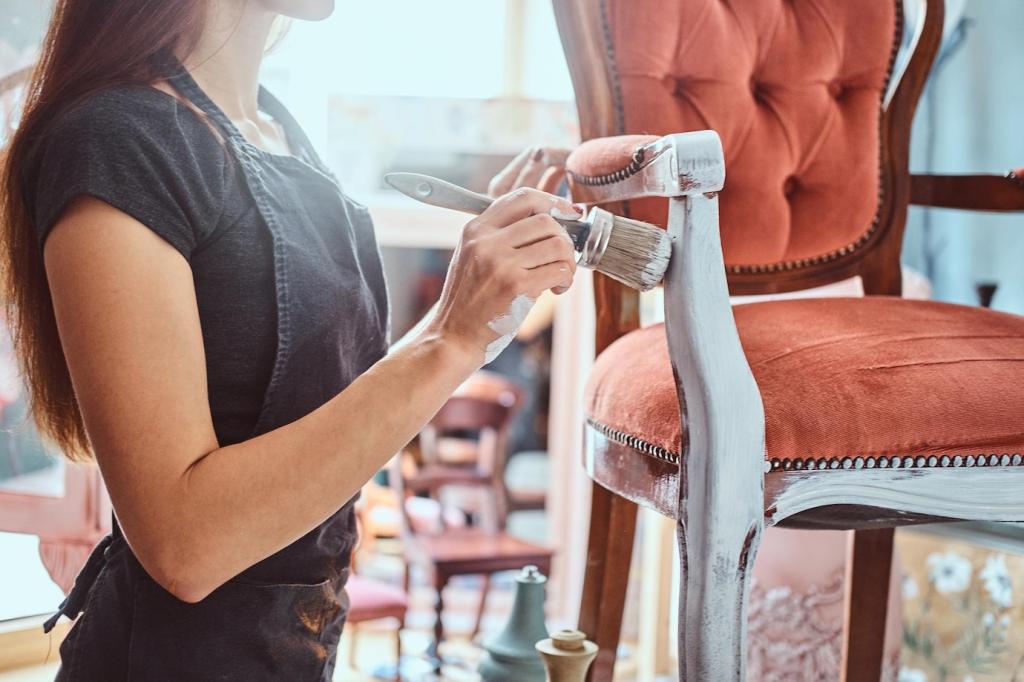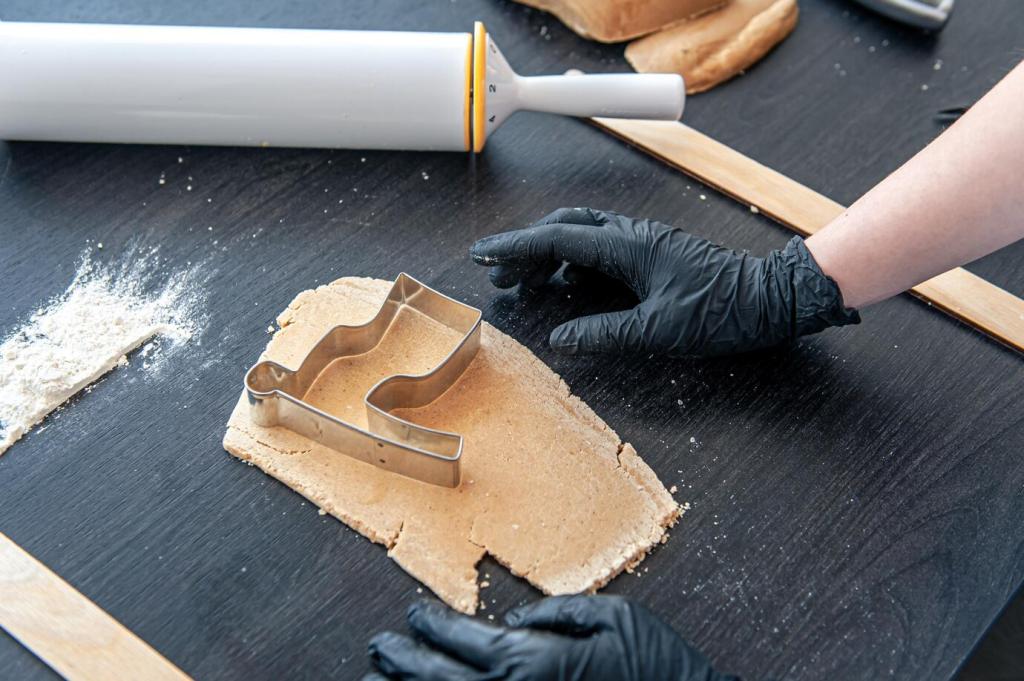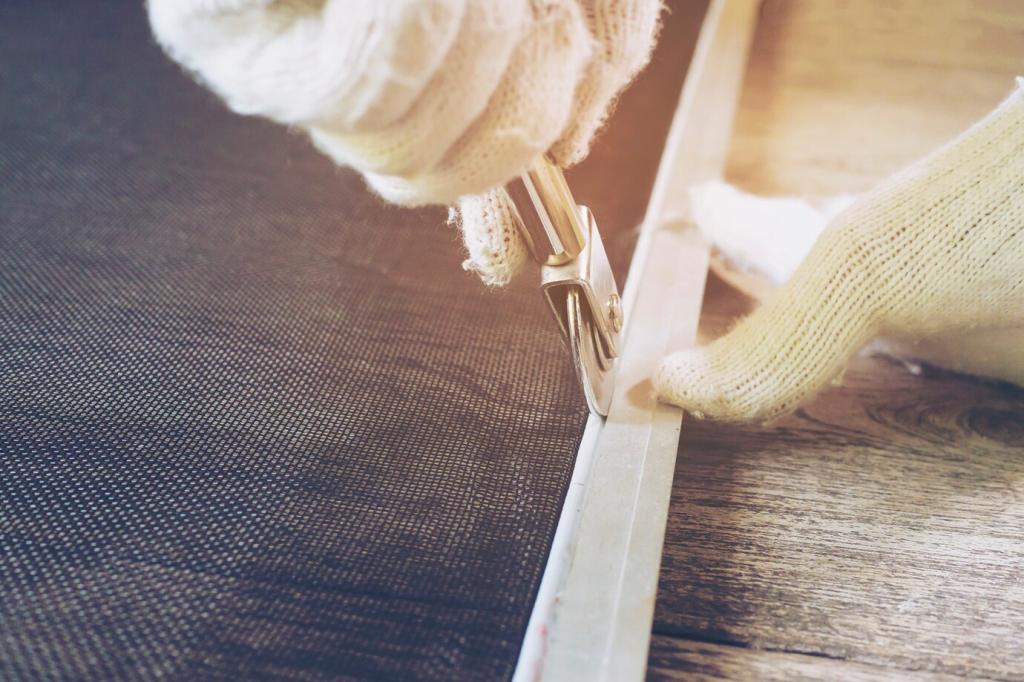Structural Reinforcements You Can Live With
Install triangular corner blocks with grain aligned to rails, using glue and screws in elongated holes to allow seasonal movement. Poplar or birch works well, and the result eliminates chair squeaks. Have a clever brace placement that vanished beneath upholstery? Tell us how it transformed daily use.
Structural Reinforcements You Can Live With
Cross braces under tables and upgraded stretchers between chair legs reduce racking dramatically. Half-laps or housed joints spread loads elegantly. Respect the original proportions so reinforcement vanishes in silhouette. Share a sketch of your stretcher geometry and what changed after a month of family meals.



